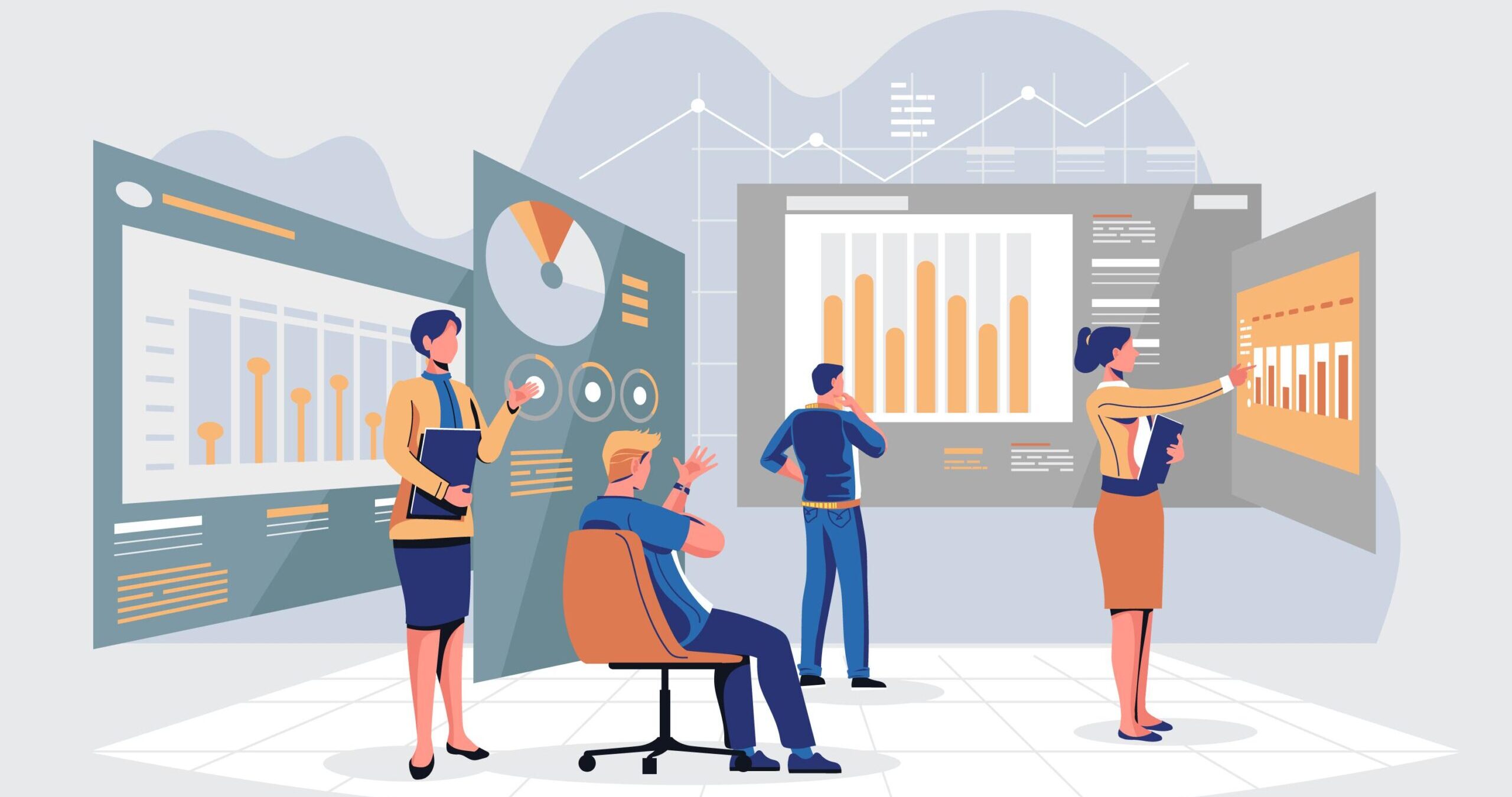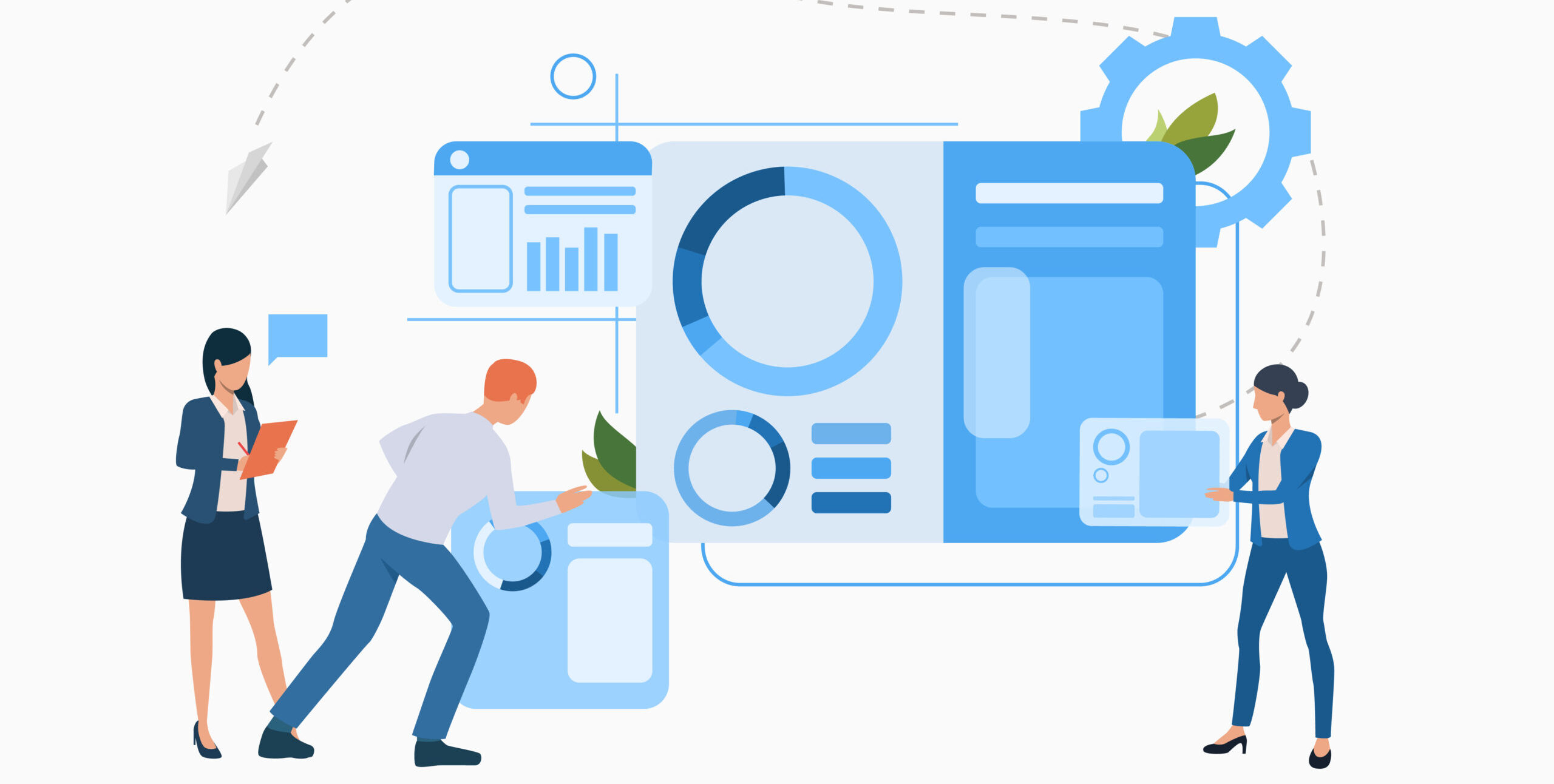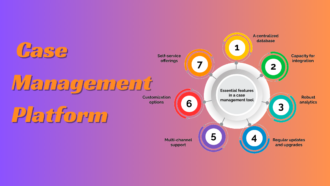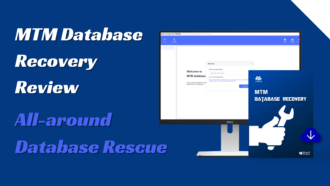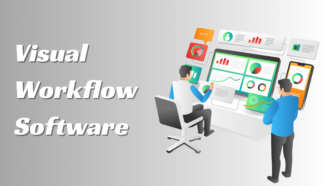Resource Planning Tools: How They Help Companies Manage Resources and Achieve Long-Term Success
- 1 Resource Planning Tools Help Manage Resource Planning
- 1.1 Why Do You Need Resource Planning Software?
- 1.2 What Type Of Resource Planning System Will Your Business Benefit From Most?
- 1.3 How Easy Can The System Be To Adapt To Your Existing Workflow?
- 1.4 What Is The System’s User Experience Like?
- 1.5 Do You Need Built-In Support For Longterm Success?
- 1.6 What Security Features Does the System Offer?
- 1.7 What Kind Of Support Does The Vendor Provide?
- 1.8 How Will The Resource Planning Tool Help Improve Decision-Making?
- 1.9 Conclusion
The past few years have seen a surge of technological innovation, particularly in the areas of resource planning tools. Organizations across industries are realizing that efficient resource management can make or break their competitive advantage, as well as help them maximize their profits by minimizing costs. Such a tool could be resource planning tool ActivityTimeline in Jira. It’s no wonder then that an ever-growing number of businesses are turning to this type of software to streamline how they handle resources from budgets to personnel and materials inventory. Here’s what companies should consider when it comes to investing in these powerful systems.
In this article we will discuss the importance of resource planning tools for businesses in order to help them manage resources and achieve success, several key factors companies should consider when choosing a resource management system, such as why the system is needed, what type of features are best suited for their specific needs, how easily it can be integrated into existing workflows and how intuitive it is from a user experience perspective.
Resource Planning Tools Help Manage Resource Planning
Why Do You Need Resource Planning Software?
Before embarking on the journey towards finding the right kind of resource planning tool for your business, first identify why you need one in the first place. For instance, do you want better visibility over your financial performance so you can quickly spot any anomalies and take corrective action? Are managing human resources more efficiently at the top of your priority list? Or perhaps proper tracking of material stock levels is what will significantly improve efficiency within your operations? Knowing specifically which tasks you’ll use such a solution for will make it easier to assess available products and find one best suited for your needs.
What Type Of Resource Planning System Will Your Business Benefit From Most?
This depends largely on two major factors; size/complexity and functionality needs. Smaller businesses with simpler processes may only require basic features such as budgeting capabilities while larger ones consisting of multiple departments often necessitate sophisticated solutions incorporating HR functions like recruitment, payroll processing, workforce skillset tracking, etc.
On top of all this, there are also additional modules offering integration options useful for automating certain workflows between different applications thus saving valuable time among employees. Make sure you understand exactly what each system has to offer before investing any money into it – after all, not every option out there might be suitable even if it offers a wide array of intriguing functionalities.
How Easy Can The System Be To Adapt To Your Existing Workflow?
Resource planning systems should be able to seamlessly integrate into your existing processes and tools, from spreadsheets to business intelligence (BI) dashboards. This way users can easily keep track of key figures related to both internal and external data sources without needing to switch between different applications or platforms. If you also need certain approvals before making any changes – such as when a project is ready for launch – look for solutions offering built-in workflow capabilities that allow stakeholders to quickly sign off on the project in question, saving time and money in the bargain.
What Is The System’s User Experience Like?
In this day and age, it’s paramount that businesses pay attention not only to functionality but also to the user experience when selecting a resource planning tool. We recommend choosing solutions designed with convenience in mind so they don’t require too much training before employees can start taking advantage of them. Also, make sure the system offers intuitive navigation through various menus and options so users aren’t overwhelmed by everything available at their fingertips – after all, no one wants another learning curve if there are ways of making life easier instead.
Do You Need Built-In Support For Longterm Success?
Your chosen resource management solution shouldn’t just give you what you need right away but offer continued assistance throughout your lifetime as well. Companies rely heavily on accurate data being readily available 24/7 which is why we suggest investing in systems featuring automatic software updates that guarantee improvements over time rather than having your team spend precious hours doing manual maintenance work.
What Security Features Does the System Offer?
When it comes to data security, a reliable resource planning system should have all the necessary safeguards in place. Look for solutions that offer data encryption, user authentication, and authorization capabilities as well as two-factor authentication (2FA). This will ensure your private information isn’t compromised even if unauthorized individuals gain access to it. Additionally, you could also consider subscribing to an identity protection service that monitors any unusual activities on behalf of users associated with the system.
What Kind Of Support Does The Vendor Provide?
An often overlooked factor when selecting a resource planning tool is the support offered by the vendor. Ensure they provide sufficient assistance during every stage from installation to setup and use – and remember that this type of technical support doesn’t necessarily need to be free; you’re likely getting more than what you pay for thanks to prompt time frames, friendly agents and helpful troubleshooting advice which can prove invaluable when dealing with emergencies or complex tasks.
How Will The Resource Planning Tool Help Improve Decision-Making?
Data analysis has become essential in today’s business environment – without reliable facts driving decisions chances are those same choices won’t lead anywhere productive or profitable in terms of long-term success. A good resource management software should come packed with analytics tools allowing both executives and regular employees alike to easily interpret user-friendly reports delivered directly through its dashboard so everyone involved stays up-to-date on their respective projects’ evolution throughout their lifecycles. This way teams can plan strategically rather than act reactively which improves decision-making accuracy toward ultimately achieving better results regardless of how big or small the endeavor might be.
Conclusion
To sum it up, when searching for a resource planning system that fits your organization’s needs, take into factor the points mentioned above. Once you determine what the business requires then you can make an informed decision on which solution to go with in order to improve efficiency and achieve long-term success.

